Plays
Here's an index of all the plays in the Head of Product Playbook:
Discovery
Get out of the building
Customer empathy has a half-life of 30 days. The only way to truly recharge this is to meet your customers, in-person, in the place where they use your product.

Validation Board
Many companies that are not product-led do not expect their PMs to validate ideas or understand markets - instead, they just want them to build things that seem obvious based on conversations the leaders are having. Here’s how to start talking about evidence.
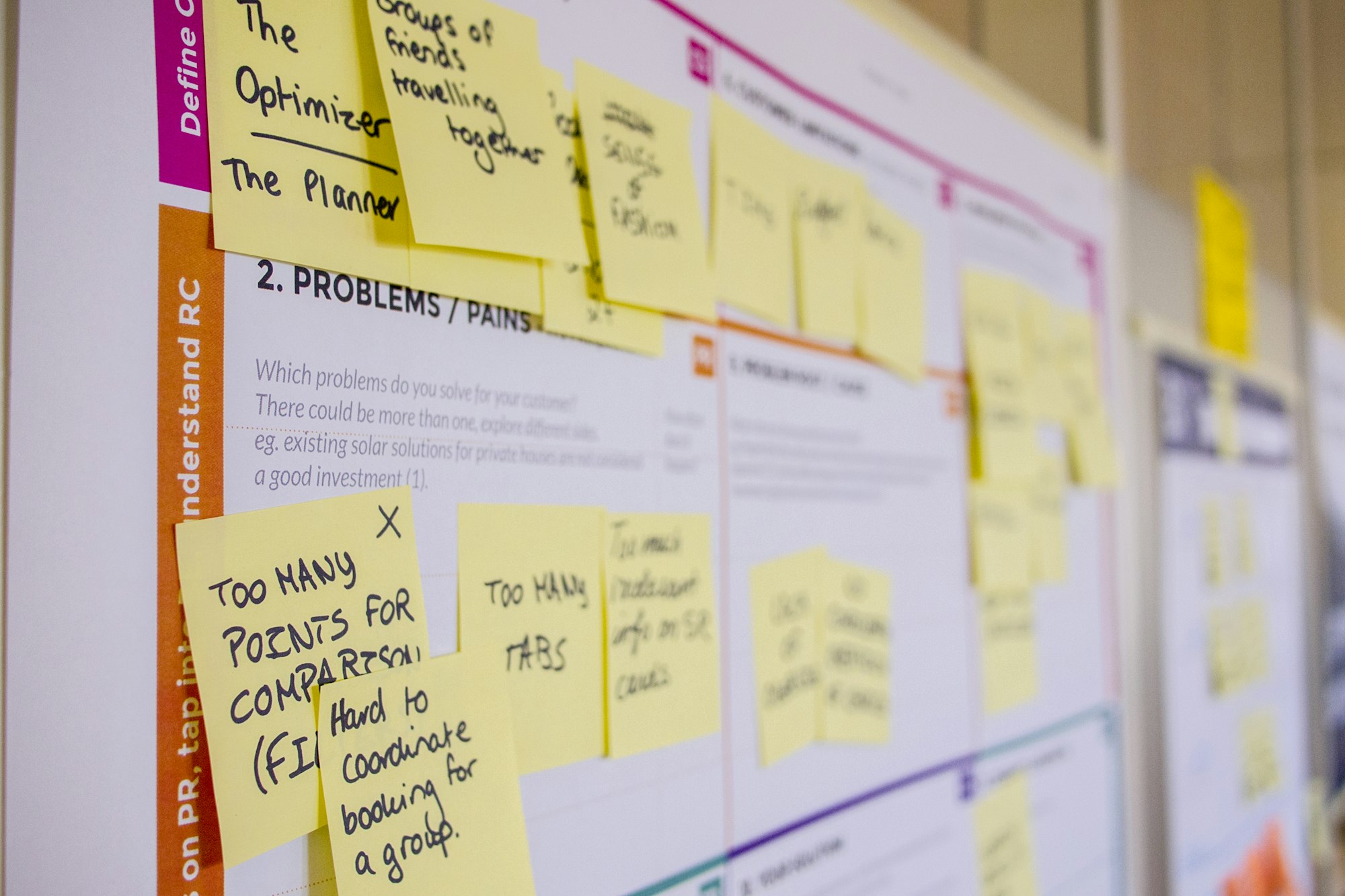
Focus + Prioritization
Most product teams self-sabotage by spreading energy across too many ideas at once. Instead, make the tough choices that amplify impact.
Triage Prioritization
The classic problem with MoSCoW prioritization is that you end up with too many Must Have items, and the PM gets stuck, unable to prioritize them.

Story Mapping
Use a User Story Map as a negotiation tool with the team to figure out what your product increments will be.
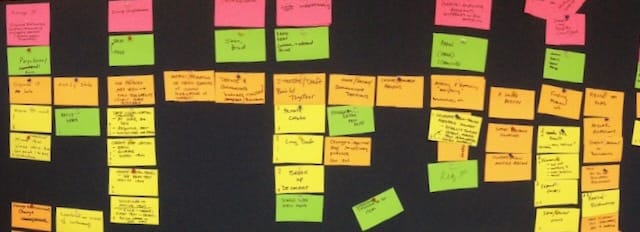
Collaborative Feature Scoring
For companies that deliver 10-30 features per quarter across a handful of development teams, PMs will have different intuitions about what matters. Using a structured approach to align their intuitive perceptions might help.
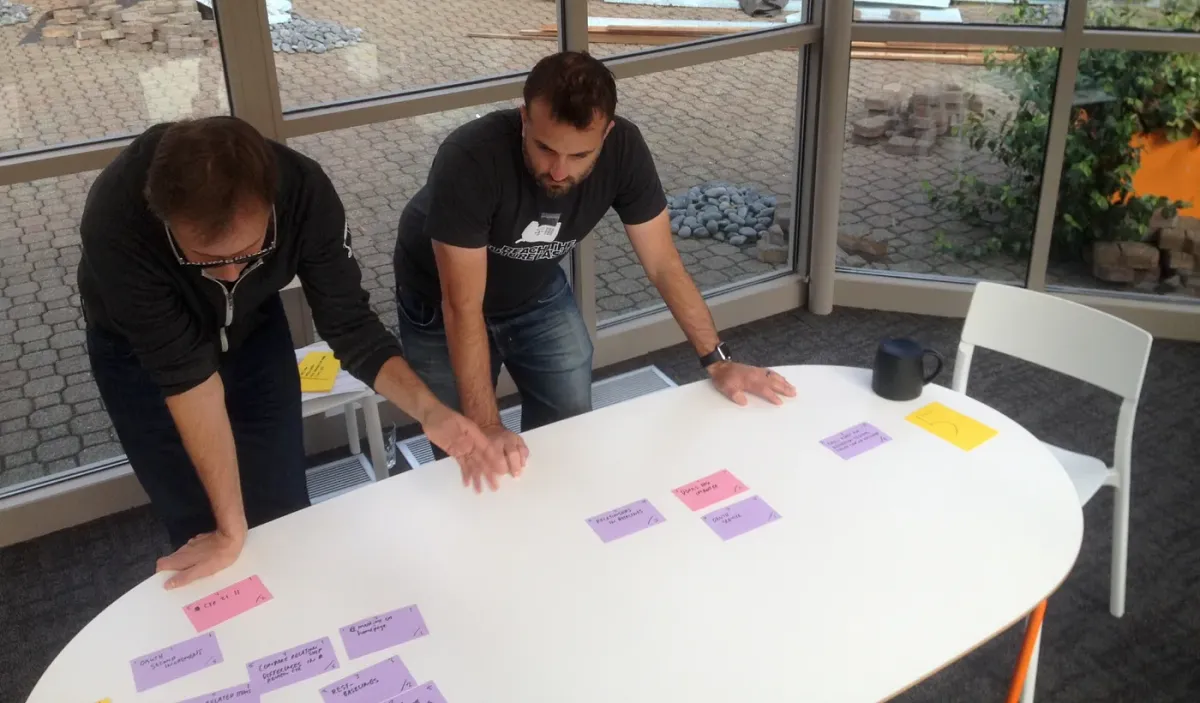
Calculate Cost of Delay
The ideal context for this play is a financially savvy company struggling with product prioritization conversations that are emotional, anecdote-driven, and intuitive.

Quarterly Delivery Planning
The roadmap is full of dates with unknown origins. Engineering is complaining about shifting priorities. PMs are surprised by and complaining about dependencies. PMs are barely keeping up with sprint planning and not providing their teams with a mid- or long-term view.
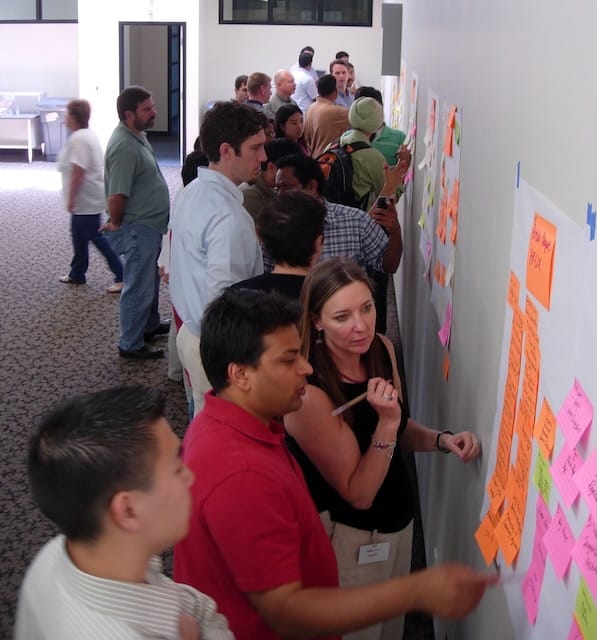
3 Quarterly Rocks
Your team needs focus, but the larger organization struggles with setting measurable goals. Instead of OKRs, find your ‘big rocks’

Loose Goals
I would love to have SMART goals all the time, but sometimes executives resist being specific. Sometimes it’s more valuable to keep options open…

OKR plays for Product
I don’t reach to OKRs often, because most companies lack the maturity to use them. But, there is one kind of company where they make sense.

Portfolio + Strategy
Most companies invest based on tradition and lobbying. What if we tried to do it intentionally?
Portfolio Grading by Horizon
You have a lot of offerings in your product portfolio and your spending on them is based on a mixture of tradition, emotion, and advocacy.

Foraging for Strategy
There is no single set of strategic documents. The PMs are struggling to prioritize, or make prioritization decisions in conflict with each other.

Strategy Pattern-Match
Most companies don’t do a good job of articulating and communicating their strategy to employees. The book ‘Patterns of Strategy’ can help you spot what execs are not saying.

Strategy Brief / A3
A PM is waiting for clarity from the company about direction. Surprisingly, the execs feel that they have given perfectly clear direction. Use a 2-page strategy brief to build consensus.

Portfolio Map
Arguing about a Portfolio Map - a simple block diagram - can help your leaders move from emotional to rational discussions about staffing
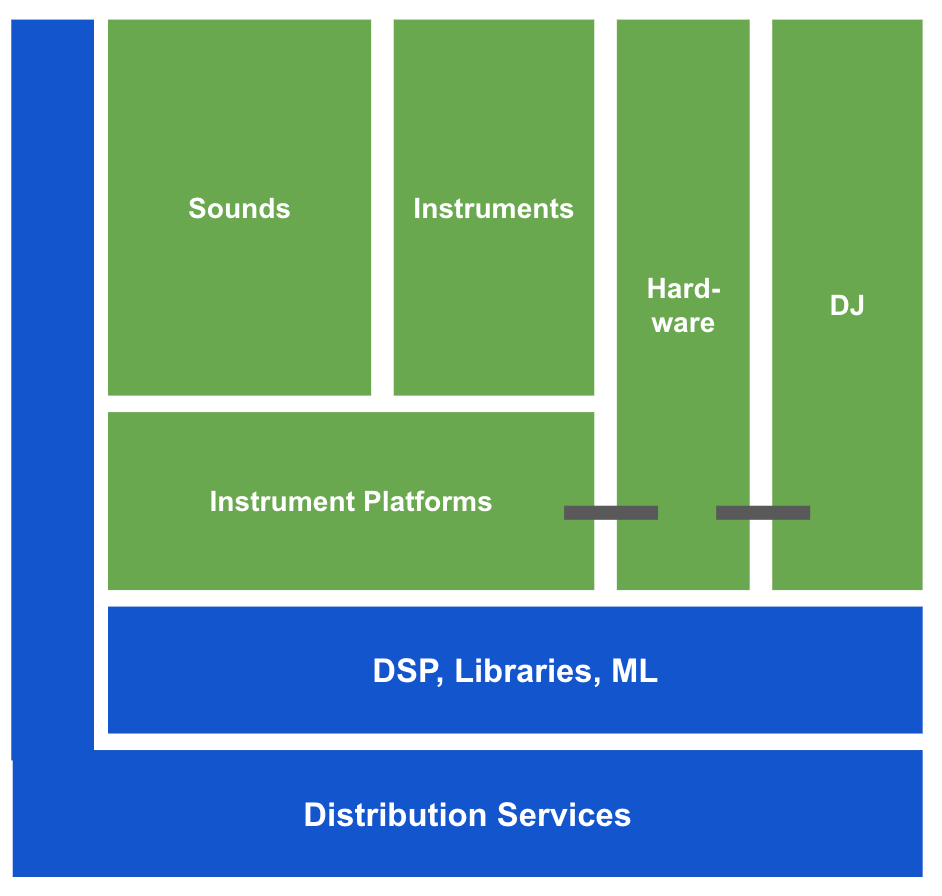
One Roadmap
When there are many different product roadmaps, scattered across many decks, and nobody is sure which one to trust, this one trick will help.

Roadmap Sync
The roadmap is a mess. It’s full of a mix of solid plans, understaffed boondoggles, and wild fantasy. What if we could talk honestly about the real state of things?

Impact
Most product features are never used and have no business impact. How can we learn to stop building those?
Spot the cashflow
If a PM doesn’t understand, deeply, how cash is flowing in the company, they’re going to waste time on features that make no difference.

Write down why
A good PM is also like a hunting dog, with a keen sense of smell for what the company expects of them. If the company just wants more and more features, how do we convince PMs to move out of feature factory mode?

Validation Board
Many companies that are not product-led do not expect their PMs to validate ideas or understand markets - instead, they just want them to build things that seem obvious based on conversations the leaders are having. Here’s how to start talking about evidence.

Learning, not failure
Once the hypothesis is written down, how can we make it safe for PMs to learn, take action, and talk about what they learned?

Make it Visible
As your team gets bigger, nobody wants to add a lot of process. But work is piling up and leaders can’t visit every team at sprint planning. Build a different view to enable fast synchronization.

Leading Product Managers
Product managers are smart. How about we start to allow them to bring their entire brains to work?
Oxygen Mask
Put on your own oxygen mask before helping others. Before you take action or applying other plays, ask yourself, “Am I asphyxiating? Am I being buried alive? Am I suffering self-induced overload?”

Change Experiments
You want to roll out a change, but that change involves other humans who have other things in mind.
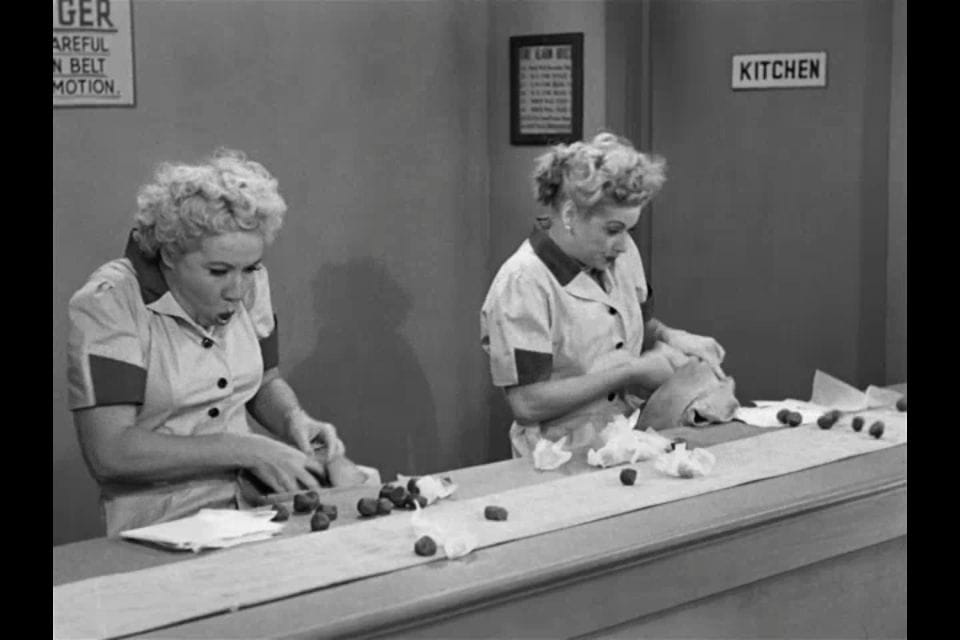
Intentional Calendar Design
Outlook and Google calendar have one goal: To fill every hour of your day with meetings. Is that the best way for you to be productive?
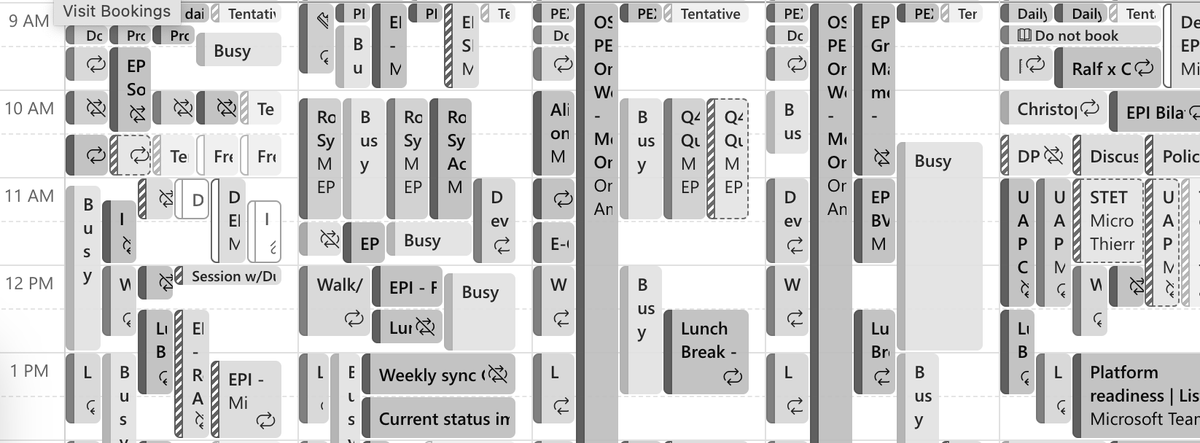
Short Videos
Does your team ignore written messages? Get in the habit of making quick videos, not more than 7 minutes.
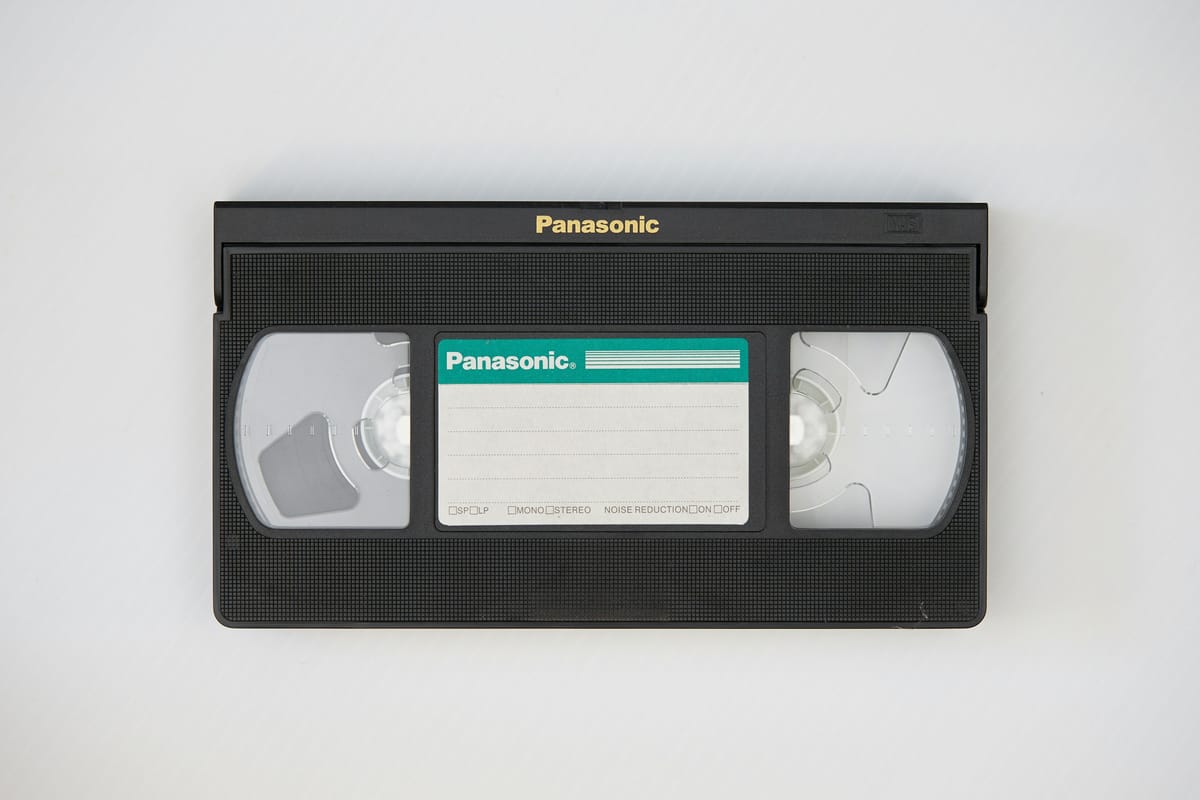
Office Hours
Most product leaders have packed calendars, and this can mean it’s hard to find time for quick, spontaneous conversations. Book set times each week when PMs know they can always find you.

No-Agenda PM weekly
Book an hour on Thursday or Friday for the team to meet. Don’t have an agenda, don’t try to lead the discussion, and don’t collect action items. Simply talk informally about whatever comes up, like a Quaker meeting.

Do you want to be here?
Dealing with performance problems is the least enjoyable part of product leadership. Shifting from a parent-child approach to an adult-adult approach can change how this feels for everyone.

Product Lines
If your product org is overly flat and communication is breaking down, grouping teams into product lines can help.

Soft Promotion
What to do if you can’t give promotions or hire senior leaders, but you need more leadership capacity

Coaching PMs for Growth
Unlock intrinsic motivation by asking PMs to create development plans that drive their own career goals.

Stakeholders
How do we partner with the rest of the business so that they understand, appreciate, and support what we are building?
Product Councils
Form product councils for each of your main product areas. Hold a monthly, 90 minute meeting with 5-20 stakeholders where you share progress, present priorities, get feedback, and build buy-in all at once.

Product Area Roadmap Template
The dreaded ‘roadmap’ - a word that could mean ‘commitment’, or ‘forecast’, or something else. For bigger product teams, a standardized approach can reduce the cognitive burden for stakeholders and make it easier to have frank discussions about the outcomes that matter.
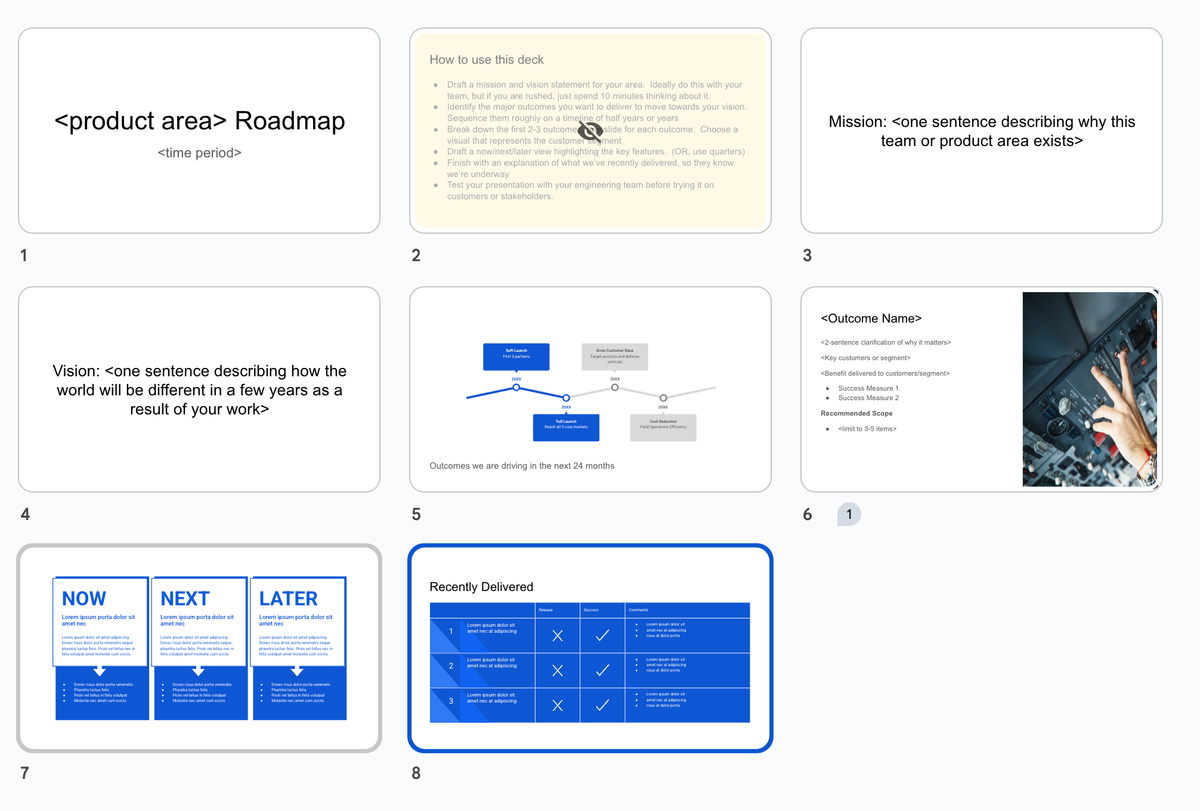
Make it Visible
As your team gets bigger, nobody wants to add a lot of process. But work is piling up and leaders can’t visit every team at sprint planning. Build a different view to enable fast synchronization.

Multi-Track Storytelling
Business communication operates in multiple tracks at the same time, with different concerns. Help your PMs develop additional storylines beyond the daily ‘getting stuff done’ story.

And here's a backlog of some future plays to come. (These might not be written in exactly this order, or with these titles)
This post is for subscribers only
Already have an account? Sign in.


































